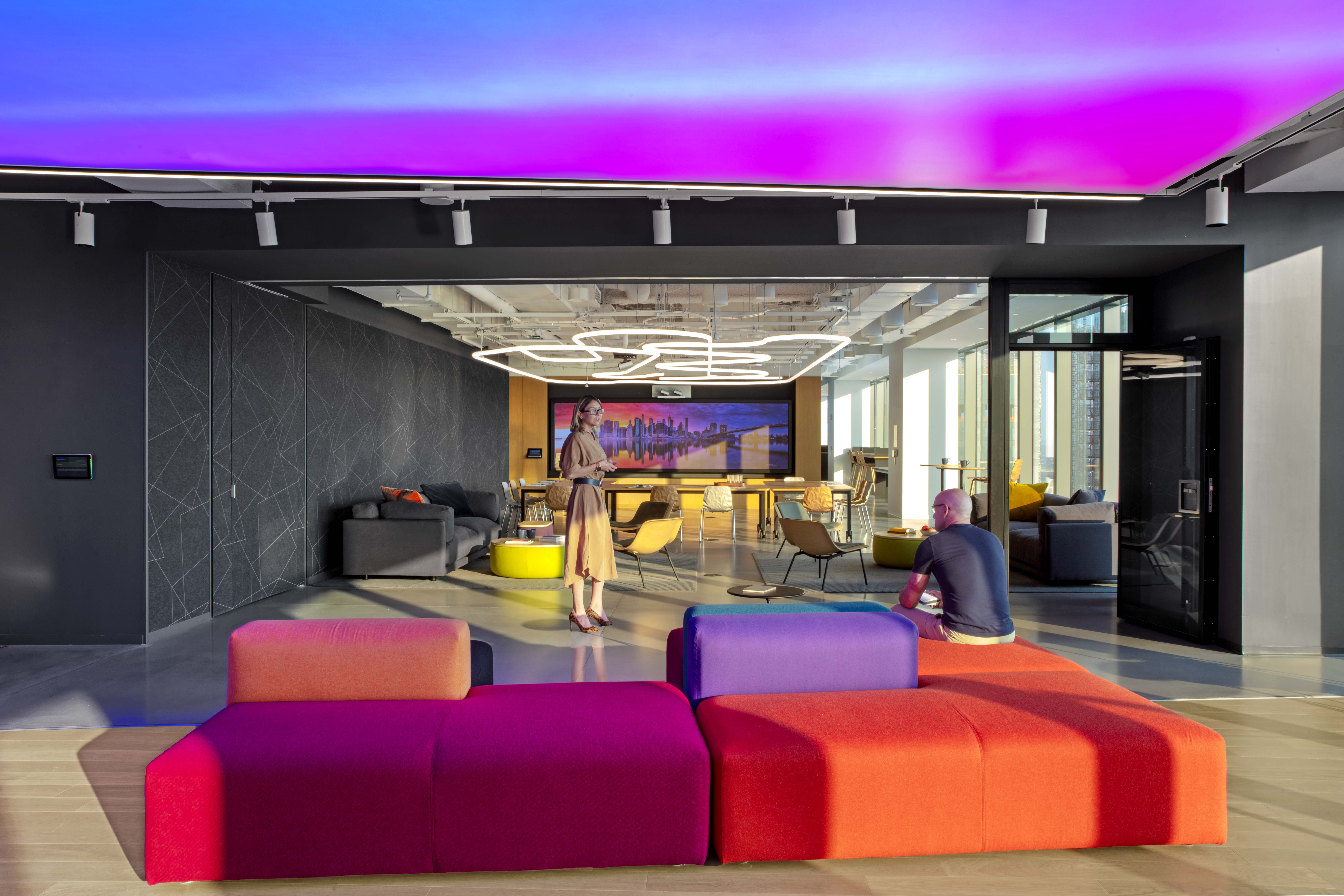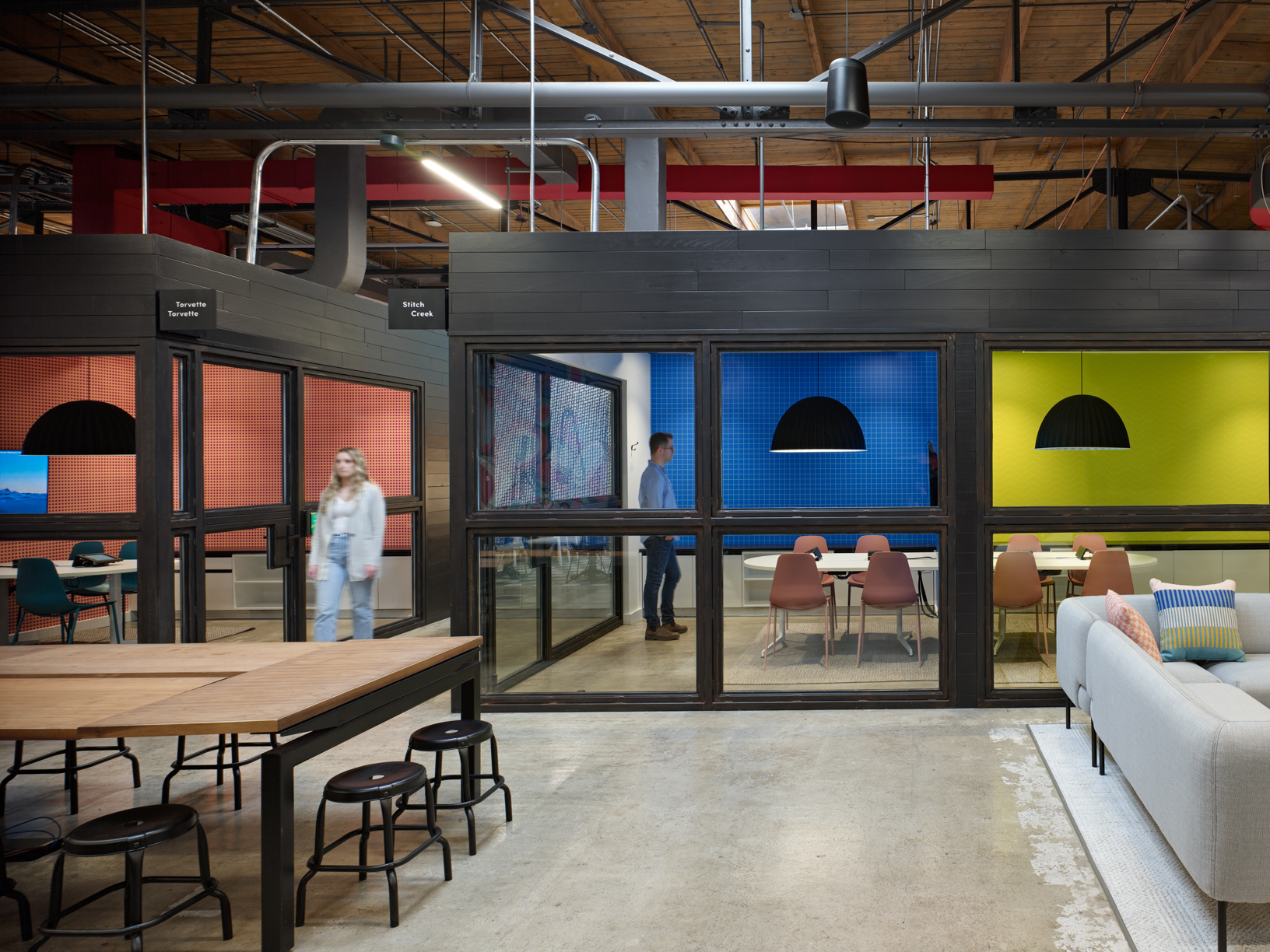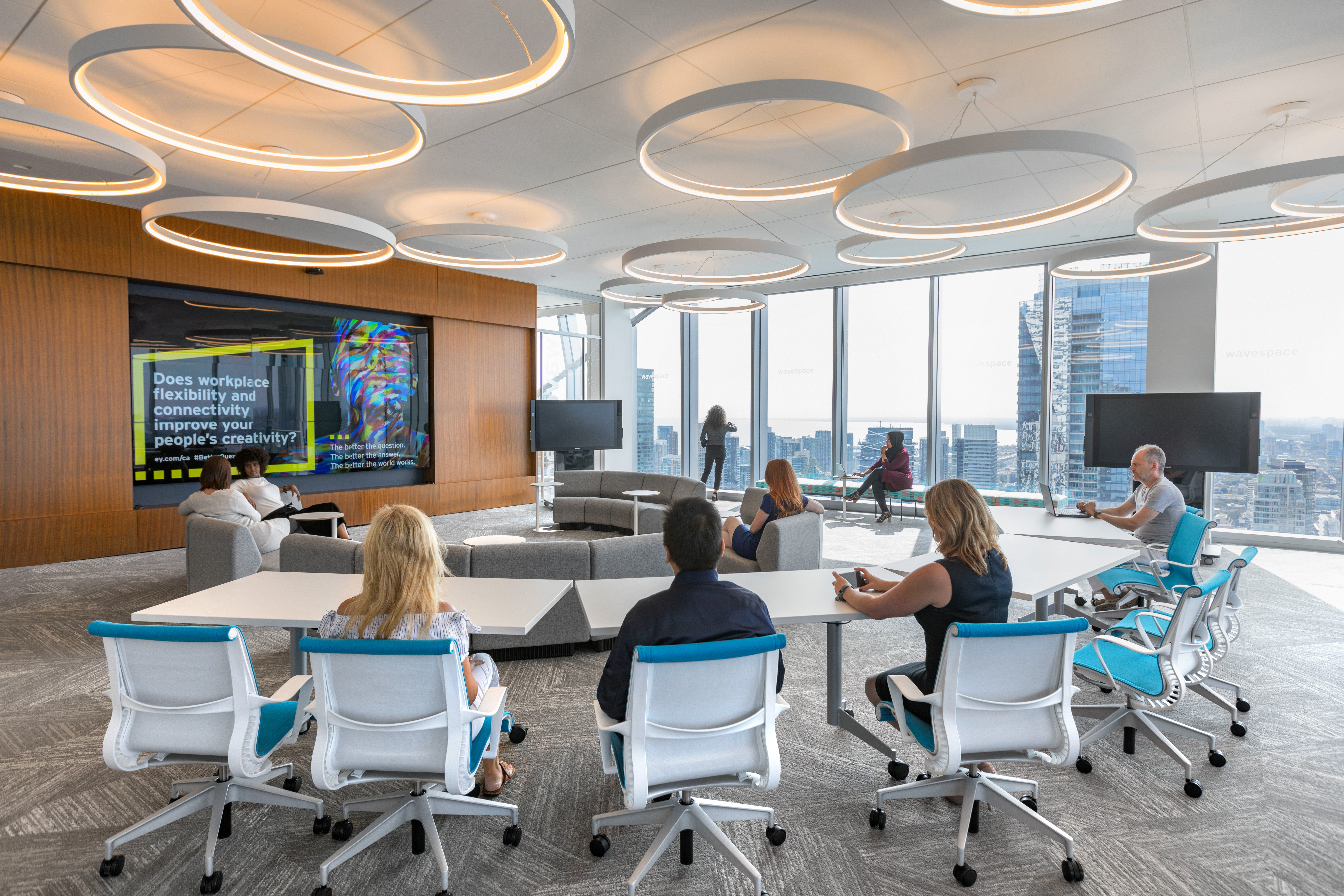The notion that we can return to the office as it once was—is flawed. As people question whether the office is a thing of the past, we must consider what the office of the future could look like. To do that, we must first acknowledge the flaws and gaps that existed in the workplace prior to the pandemic. Work-related stress and burnout were at an all-time high. Density of space was at capacity. Daily commuting was polluting the planet and draining our energy. Authenticity and meaningful human connection were missing, despite our ability to be more connected than ever before. The workplace of the future requires tools that help bridge the experiences of different work settings, and through emerging smart technologies, we have the potential to reshape how we approach both work and the workplace to embrace hybrid.

The Return to the Office
As we return to office, the struggles of hybrid are becoming apparent. We can no longer rely on the equitable experience of users and groups working on the same platform at home. While working in the office, employees are expecting technology to be as seamless and integrated as they experienced while working at home. While organizations and employees adapted quickly to working from home, hybrid work is proving to be more difficult. Clients are quickly realizing that their existing technology is not equipped to provide equal opportunities for those not in the room.
To address this challenge, organizations must explore emerging smart technologies that have the ability to enhance the user experience whether you are in the office, or at home. Creating the workplace of the future means empowering employees with the technology and information they need to enable choice and control. It requires the appropriate tools to help bridge the experiences of different workplace settings.

Hybrid solutions need to provide equitable meeting and collaborative experiences to expand past the traditional meeting room. Meeting rooms need to showcase all participants at home, in the room, and furniture must be oriented for optimal viewing. For organizations who use whiteboards, it is also important to consider digital platforms or cameras for line of sight. Additionally, we need to think about expanding common spaces to provide for the ability to gather with people at home. For example, booths can be equipped with video conferencing to allow for hybrid lunching.
An ecosystem of spaces, systems and tools will make way for new opportunities and dated technology will be a thing of the past. Clients expect wireless, integrated solutions that allow them the benefits of hybrid work in the workplace. Through workplace apps, we can leverage data from the IoTs and sensors to help empower employees to create the space they need. With augmented reality, virtual reality, holographic suites and other elements of the virtual experience economy, we can allow for a level of virtual participation not previously imaginable. Robotics can create efficiencies within office services, packages, and food delivery. As well, digital brand messaging can be woven throughout the different workspace forms, encouraging employees and guests to engage with the brand through social media platforms and digital storytelling.

The rapid evolution of technology is having significant impacts—positive and negative—on spaces and people. We need to streamline the user experience, enrich the work experience to amplify innovation, and create a more inclusive environment.

